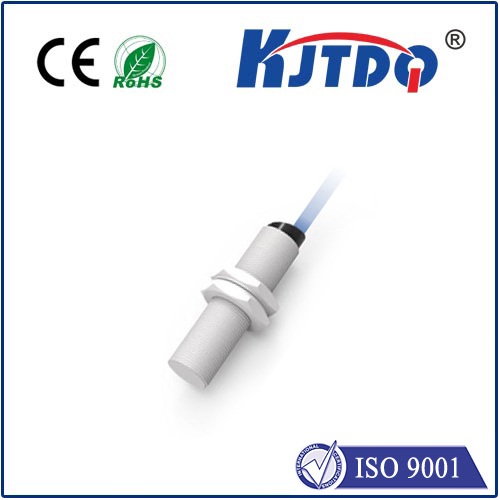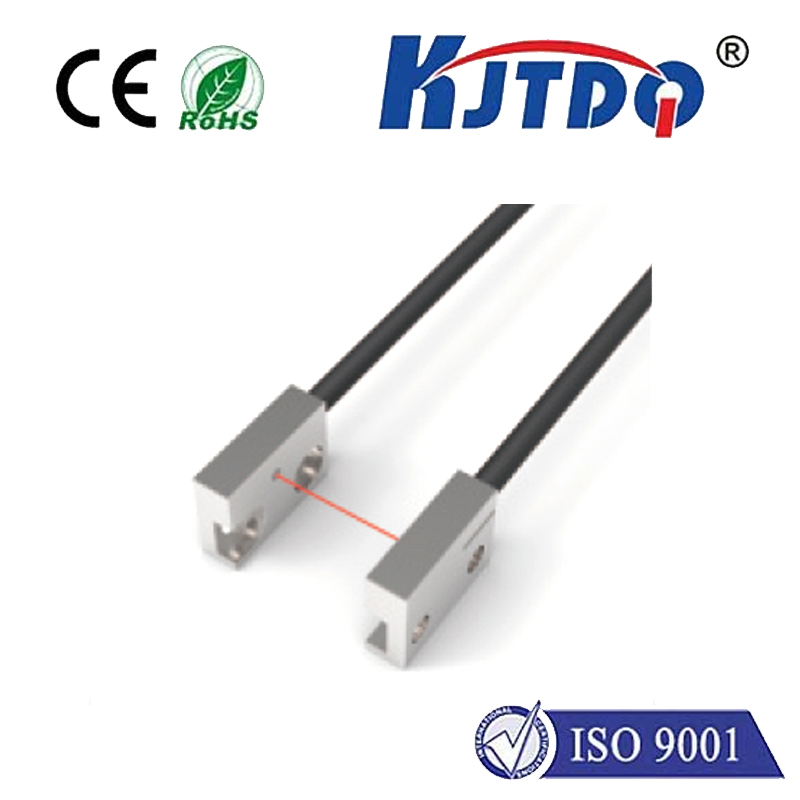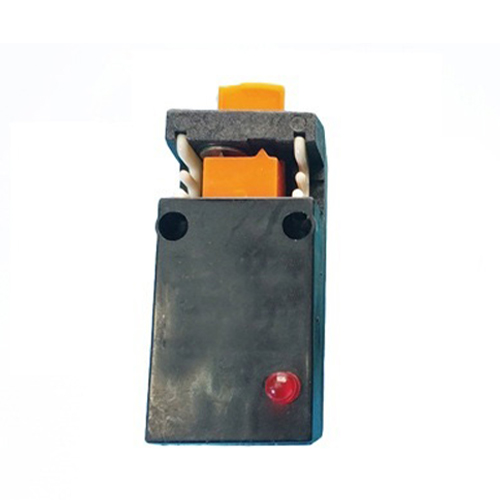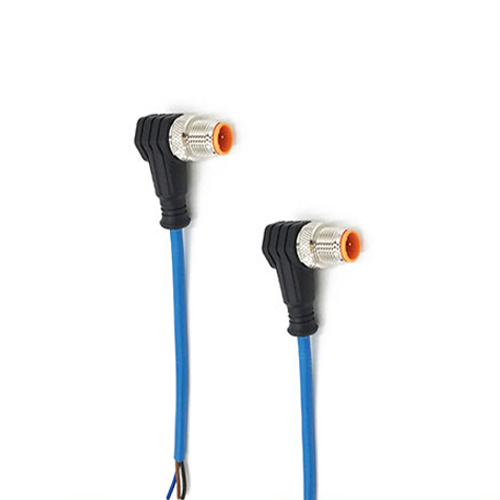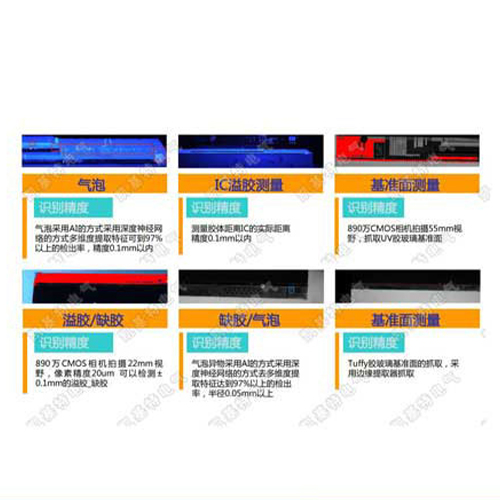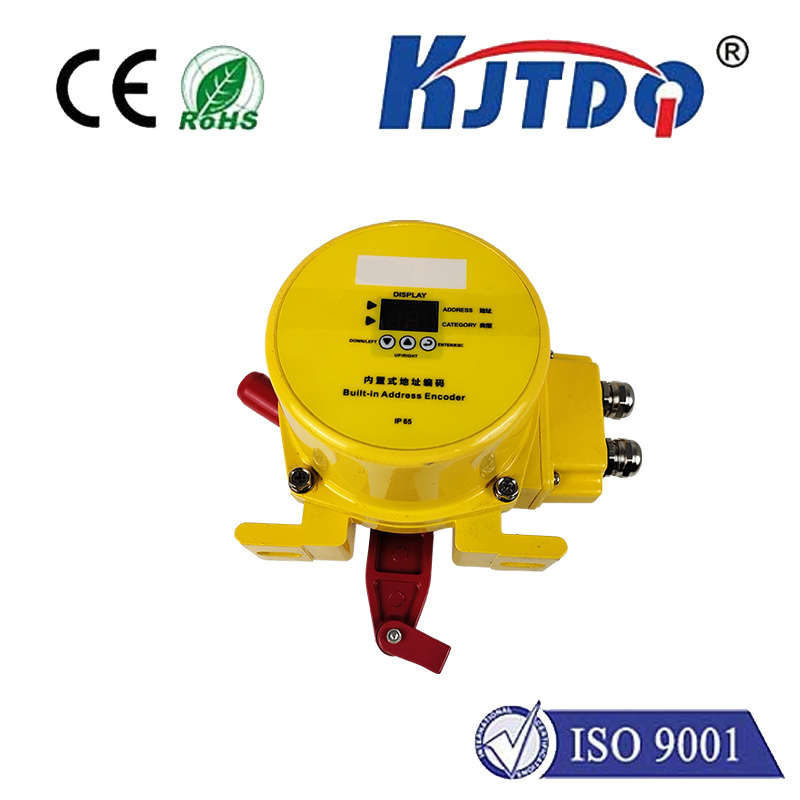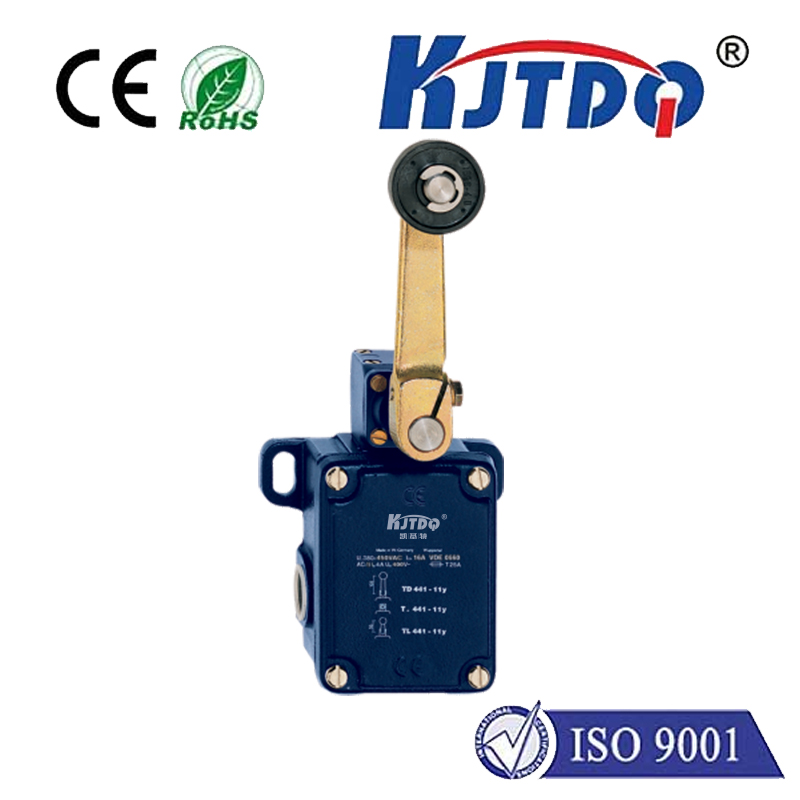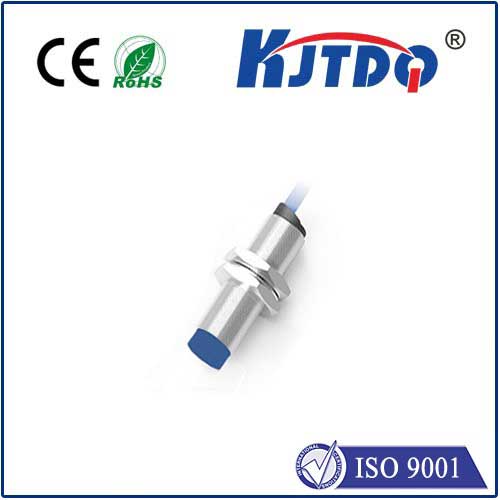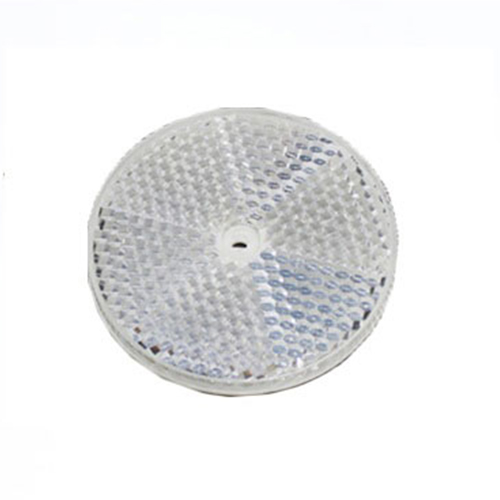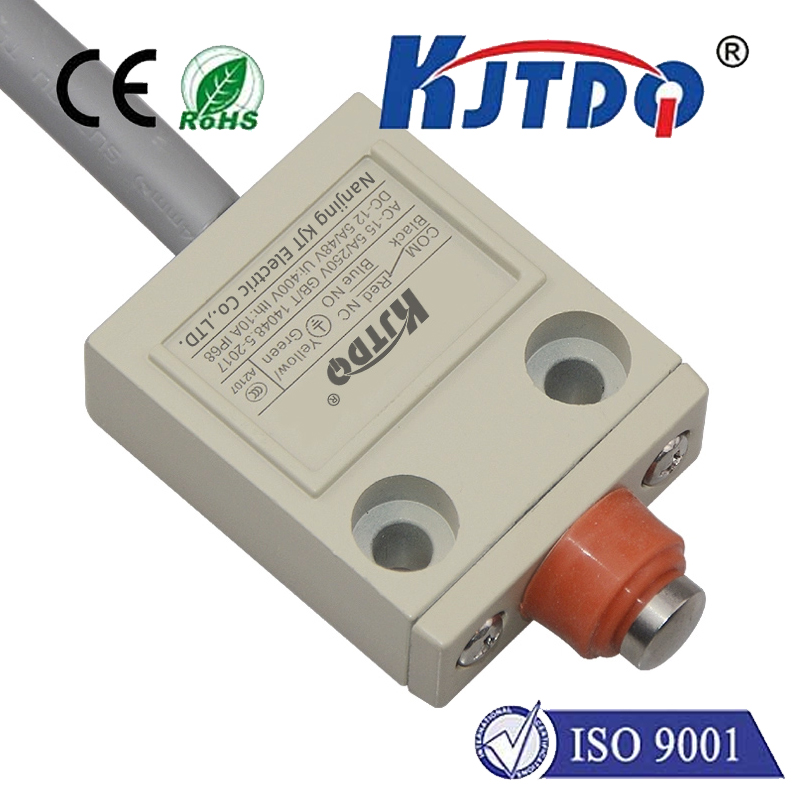

check

check

check

check

check

check

check

check

check

check
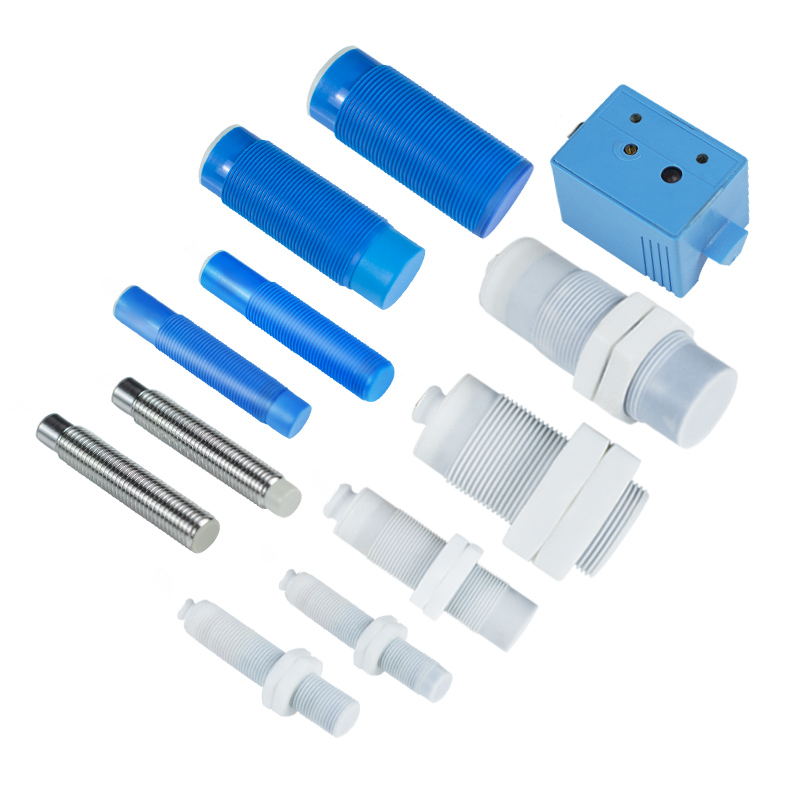
1. Proximity sensing
Proximity sensing detection objects are: the presence or absence of objects, the size or simple shape of objects.
Proximity sensors can be further classified in operation as contact or non-contact, and analog or digital. Sensor selection depends on physical, environmental and control conditions. These include:
Mechanical: Any suitable mechanical/electrical switch can be used, but since operating a mechanical switch requires a certain amount of force, microswitches are usually used.
Pneumatic: These proximity sensors work by cutting off or interfering with the air flow. They use pneumatic methods to detect system parameters and convert them into corresponding analog signals or digital signals for subsequent system judgment and control. Pneumatic sensors cannot be used on light parts with small weight and may be blown away.
Optical: In its simplest form, optical proximity sensors work by breaking a beam of light that falls on a light-sensitive device such as a photocell. These are examples of contactless sensors. It is worth noting that the lighting environment of these sensors must be extremely careful. For example, the optical sensor may be obscured by the flash during arc welding, and dust and smoke clouds in the air may hinder the transmission of light, etc.
Electrical: Electrical proximity sensors can be contact or non-contact. Simple contact sensors operate by having the sensor and components form a complete circuit. Non-contact electrical proximity sensors rely on inductive principles to detect metals or capacitance to detect non-metals.
Range Sensing: Distance sensing involves detecting how close or far a component is from the sensing location, although they can also be used as proximity sensors. Distance or proximity sensors use contactless analog technology. Short range sensing between a few millimeters and hundreds of millimeters using capacitive, inductive and magnetic techniques. Longer range sensing is performed using various types of emitted energy waves (e.g., radio waves, sound waves, and lasers).
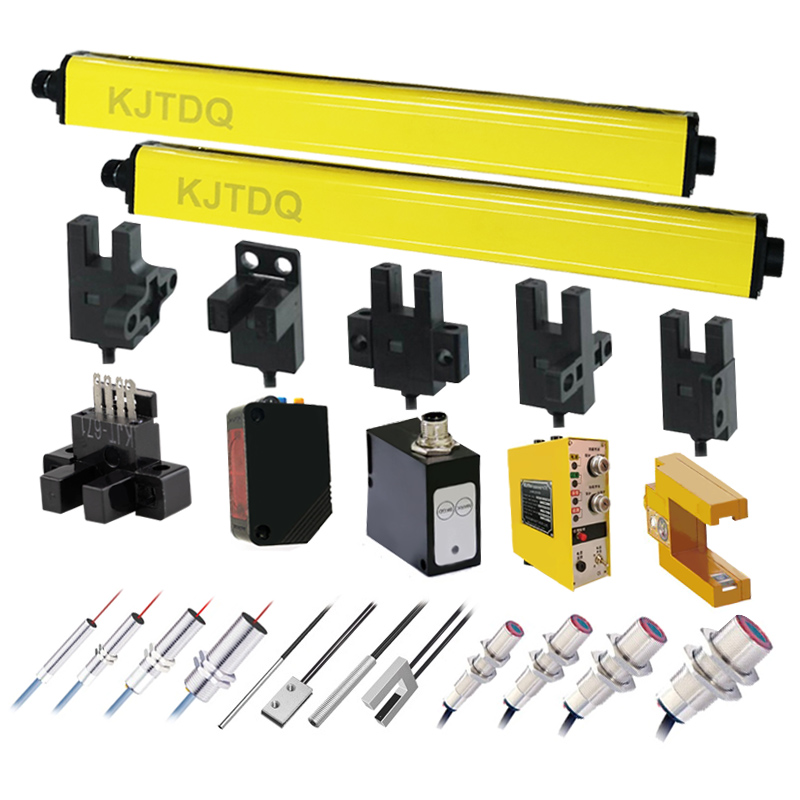
2. Force sensing
There are six types of forces that may need to be sensed. In each case, the application of force can be static (stationary) or dynamic. A force is a vector quantity because it must be specified in both magnitude and direction. Therefore, force sensors are analog-operated and are sensitive to their direction of action. The six forces are: tension, compression, shear, torsion, bending, and friction.
Tensile force: This can be determined from strain gauges, which show changes in their electrical resistance as length increases. These gauges measure changes in resistance that can be converted into force and are therefore indirect devices.
Pressure: Can be determined by devices called load cells, which operate "by detecting changes in the dimensions of the battery under compressive load, or by detecting increases in pressure within the battery under load, or by changes in resistance under compressive load "load.
Torsional force: can be seen as a combination of tensile force and compression force, so a combination of the above techniques can be used.
Friction: These involve situations where movement is to be restricted, so friction is detected indirectly by using a combination of force and motion sensors.
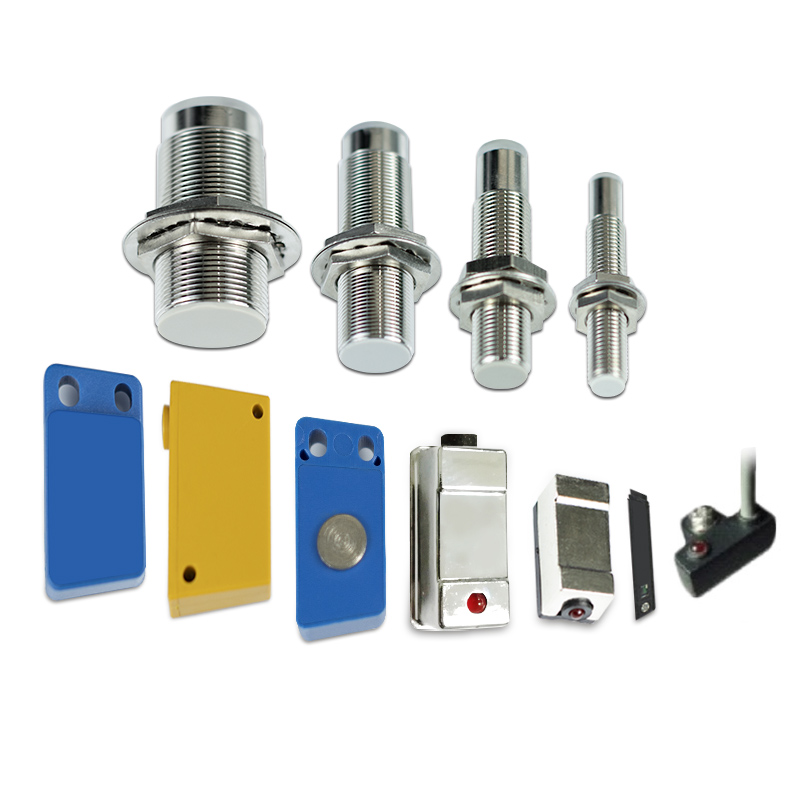
3. Tactile sensing
Haptics refers to sensing through touch. The simplest type of tactile sensor uses a simple array of touch sensors arranged in rows and columns. These are often called matrix sensors. Each individual sensor is activated when it comes into contact with an object. The signature of a component can be determined by detecting which sensors are active (digital) or the magnitude of the output signal (analog). The impression is then compared to previously stored impression information to determine the size or shape of the component. Mechanical, optical and electronic tactile sensors have been implemented.
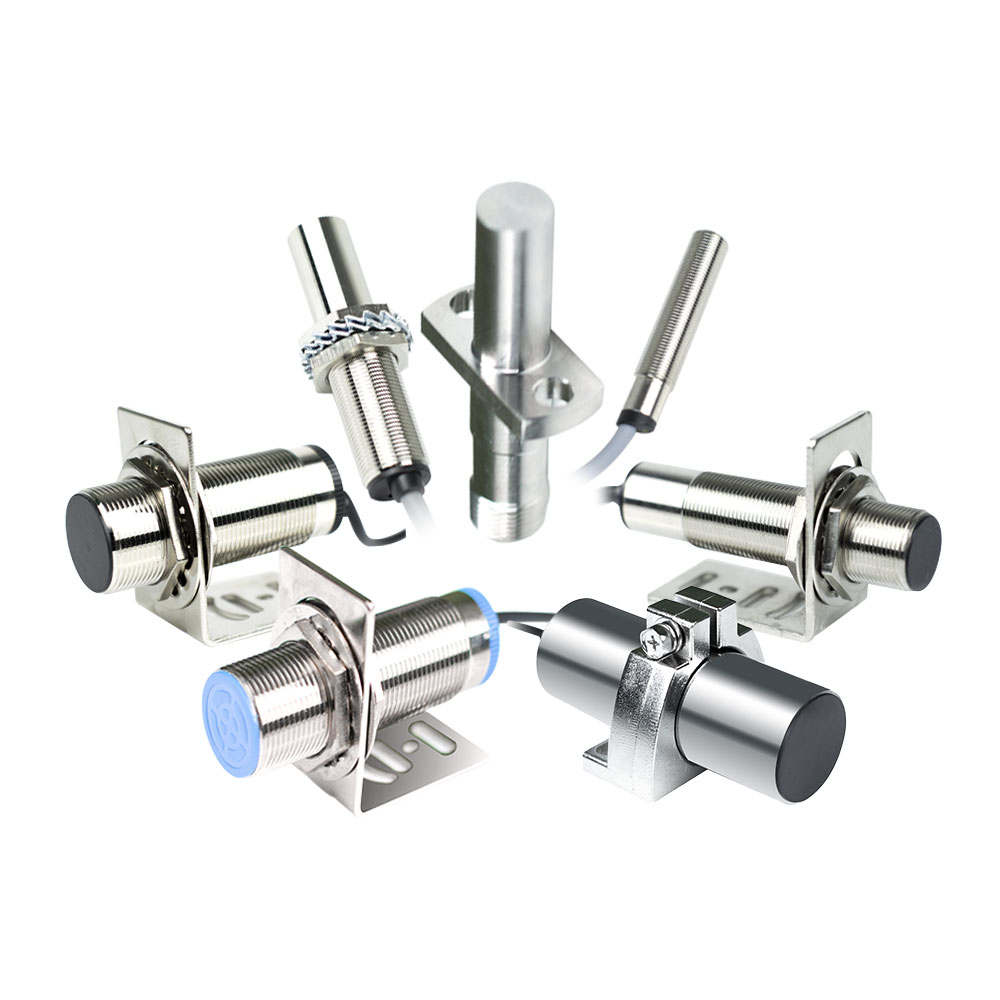
4. Heat sensation
Thermal sensing is a common way to measure temperature and monitor heat. In process control and safety control, thermal sensing is widely used to monitor temperature changes in the system and take corresponding control measures as needed.
The following are some common thermal sensing methods:
Bimetal strip: Bimetal strip is composed of two metals with different thermal expansion coefficients. When the temperature changes, the bimetallic strip bends or develops a voltage due to the difference in expansion of the metals. By measuring deformation or voltage, changes in temperature can be inferred.
Thermocouple: A thermocouple is a wire composed of two different metal materials. When the two terminals of a thermocouple are at different temperatures, a potential difference occurs. By measuring this potential difference, the change in temperature can be calculated.
Resistance thermometer: A resistance thermometer is a sensor that uses the temperature-sensitive properties of resistance to measure temperature. Commonly used resistance thermometers are based on metallic or semiconductor materials. When the temperature changes, the resistance value will also change. By measuring this resistance change, the temperature change can be known.
Thermistor: The thermistor is also a sensor that uses the temperature-sensitive properties of resistance to measure temperature. Thermistors are usually made of oxide or semiconductor materials, and when the temperature changes, the resistance value changes accordingly.
Thermal imaging cameras: For complex systems involving low-level heat sources or requiring non-contact temperature measurement, infrared thermal imaging cameras can be used. Infrared thermal imaging cameras can generate temperature images by detecting and recording infrared radiation emitted by objects, thereby enabling monitoring and analysis of temperature changes.
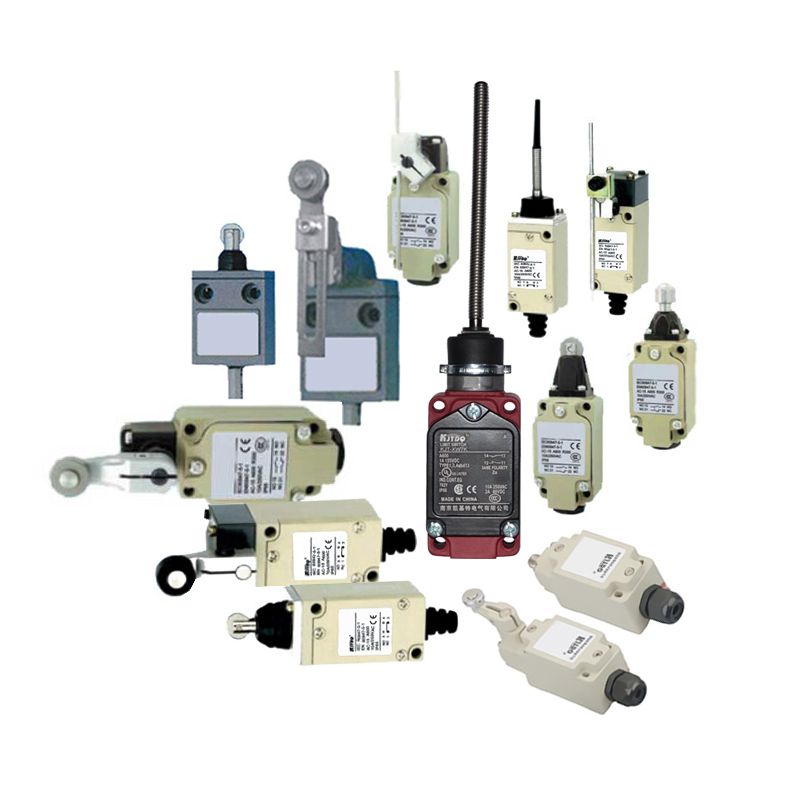
5. Sound induction (hearing)
Sound sensing (hearing) is an application of acoustic sensors. Acoustic sensors can use devices such as microphones to detect and sense sounds, and analyze and identify them based on their characteristics. In terms of speech recognition, acoustic sensors can receive spoken commands or voice input and convert them into text or corresponding control instructions. This technology is widely used in fields such as smart assistants and voice control systems.
In addition, acoustic sensors can also be used to identify abnormal sounds, such as explosions. In security and monitoring systems, acoustic sensors can help detect abnormal sounds in time and trigger corresponding alarms or take necessary measures. In industrial environments, background noise can be a challenge because it can interfere with the sensor's recognition of specific sounds. However, the response frequency can be limited by adjusting the sensor's settings so that it only responds to sounds of specific frequencies. This can help the sensor distinguish between different noises and improve the ability to accurately identify target sounds.
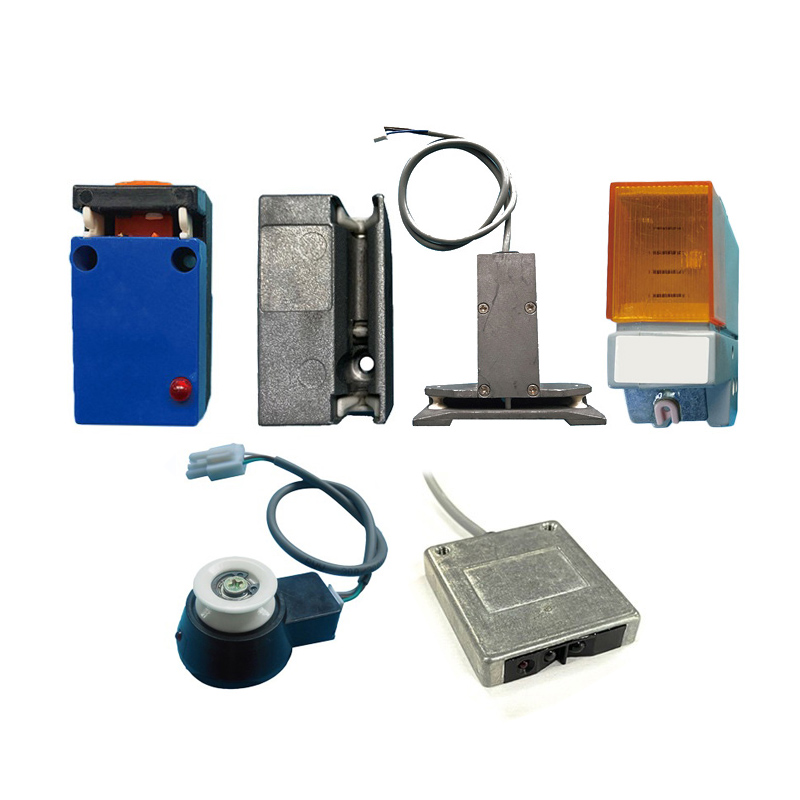
6. Gas sensing (smell)
Sensors for gas sensing typically use chemical changes to detect and sense specific gases. These sensors are usually based on the interaction between a specific gas and chemicals contained inside the sensor. Chemicals in the sensor react with the target gas, causing chemical changes. This chemical change can cause the sensor to physically expand or generate enough heat to trigger the switching device. Once the sensor detects the target gas, it will send out a signal to react accordingly or take necessary measures. This gas sensing technology has applications in many fields, such as industrial safety, fire alarm monitoring, and environmental monitoring. Gas sensors can detect various harmful gases, smoke, odors, etc., and promptly alarm or trigger corresponding responses to protect people's safety and the health of the environment.
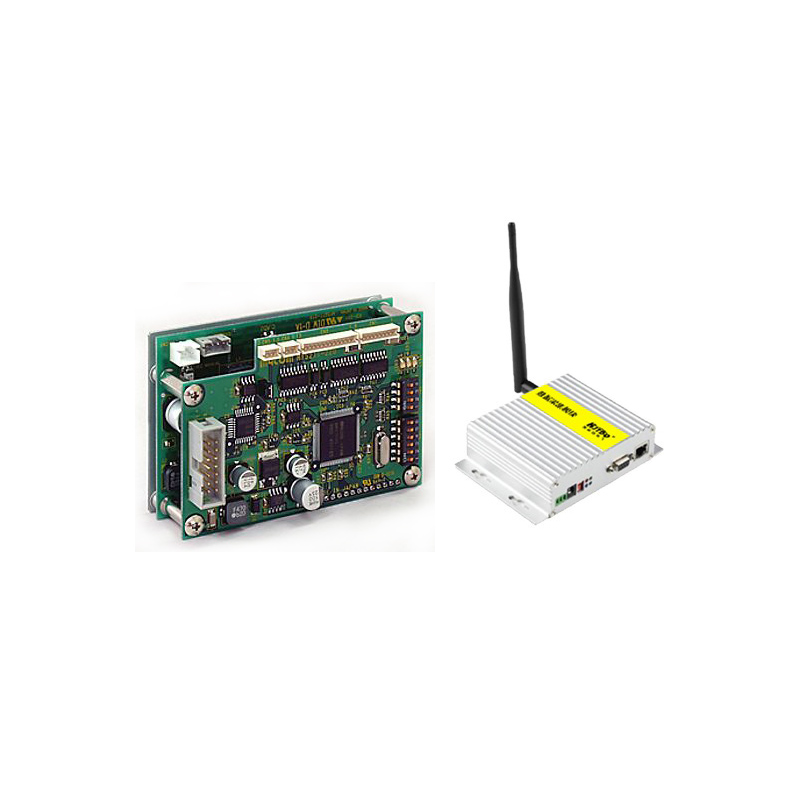
7. Robot vision technology
Can be used in many areas, one of which is sights. The sighter refers to a device that uses vision technology to help the robot locate the target and perform precise aiming. Through the robot vision system, the camera can capture images of the target in real time. These images can be converted into a digital form that computers can understand, allowing computer systems to analyze them. Using image processing and computer vision algorithms, robots can detect, measure and track targets for precise targeting. Sights can be used in many fields, such as military, police, security, etc. In the military field, robotic sights can help drones or robots automatically locate and target enemies. In the police and security aspects, robotic sights can be used for surveillance and defense, helping auxiliary personnel with target location and aiming. However, the implementation of a robot vision system is not easy. It requires large amounts of computer memory and processing power to capture, convert and analyze images in real time.
